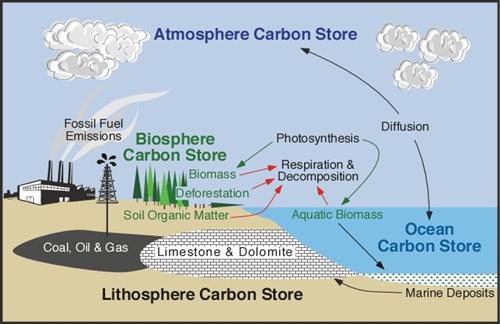All organisms need water,energy, carbon and nutrients and most require oxygen to live, grow and reproduce. Living organisms differ in their specific requirements (e.g., by life stage or activity) and in how they secure these essentials.
Water
Organisms are primarily composed of water and cannot function without it, although some can survive with very little when not active. In aquatic habitats water is a source of oxygen (i.e dissolve oxygen) and food (e.g suspended partclies of organioc matter).
Energy
Almost all energy used by organisms comes from the sun, directly or indirectly. (Some bacteria derive energy from chemical sources, as for example by oxidising sulphide.) Plants use energy from sunlight to manufacture a range of sugars by the chemical process of photosynthesis. When animals eat plants, they make use of the energy ‘fixed’ by the plant. Organisms who cannot manufacture their own food using the sun’s energy must consume other organisms to obtain carbon, energy and nutrients.

The Carbon cycle.
Source:Pidwirny 2006
( click to enlarge )
Nutrients
Nitrogen and phosphorus are the most important nutrients for the growth of algae and aquatic plants, as they are often in short supply relative to the needs of these organisms. Other nutrients are also required, such as potassium, iron, sulphur, and selenium, though these are usually abundant relative to the amount required.
Nutrients enter aquatic environments from the erosion of minerals and soils within the basin, from decaying organic matter, and from human inputs. Excessive amounts—for example, from industrial output, sewage or agricultural runoff—can produce a harmful overgrowth of aquatic plants known as eutrophication.
Oxygen
Oxygen is a basic requirement for most organisms, although there are some microorganisms that can grow in (or even require) environments without oxygen (anaerobic), while others can tolerate very low levels. Organisms that spend their entire life in water ‘breathe’ oxygen dissolved in the water (see Dissolved Oxygen).
